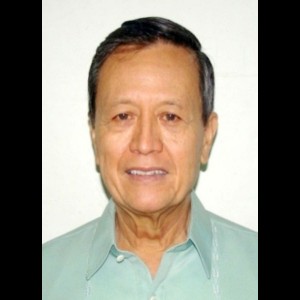Caap eyes solar power in 81 airports to deal with 2015 supply shortage
MANILA, Philippines—The Civil Aviation Authority of the Philippines (CAAP) disclosed on Tuesday its plan to make all the 81 airports it has been running across the country solar-powered starting 2015 in the hope of cutting down CAAP’s operating costs.
CAAP director general William Hotchkiss III floated this idea during the the agency’s management meeting in Puerto Princesa City on Tuesday in Palawan, directing CAAP airport managers to form a special group to look into the project closely.
“We plan to implement it by 2015. This is our response to the power shortage expected in 2015,” Hotchkiss told the Philippine Daily Inquirer.
Early this week, the Department of Energy announced that the country would experience a power shortage peaking up to 800 megawatts for the Luzon and Visayas grids in 2015.
“All of our airports are power consumers. We can start minimizing our consumption of electricity by tapping renewable sources of energy,” Hotchkiss said.
The Caap runs 81 airports in the country, except the Ninoy Aquino International Airport, which is managed by the Manila International Airport Authority, a separate agency also under the Department of Transportation and Communications.
The Caap head noted that some airport equipment like overnight parking lights and a transportable control tower to direct air traffic could be powered by solar energy.
“We will be the one producing the solar power for our own consumption,” Hotchkiss said, noting that other international airports have likewise begun using solar energy to reduce electricity consumption.
Hotchkiss also revealed another plan of Caap to put thousands of hectares of its idle lands within the perimeter of the airports into lease for solar installations of private companies.
“We are still assessing how many lands can be used for solar energy productions. Eventually we will come up with terms of reference for this project,” he said.
According to Caap, private firms in a leasing contract with the Caap could only use the lands solely for the solar power project and nothing else.
The solar power to be produced could be sold to the national grid, which would help reduce the power shortage by 2015, Hotchkiss said.
The Caap official chief expressed hope that some airports would begin to implement the solar power project by 2015.
